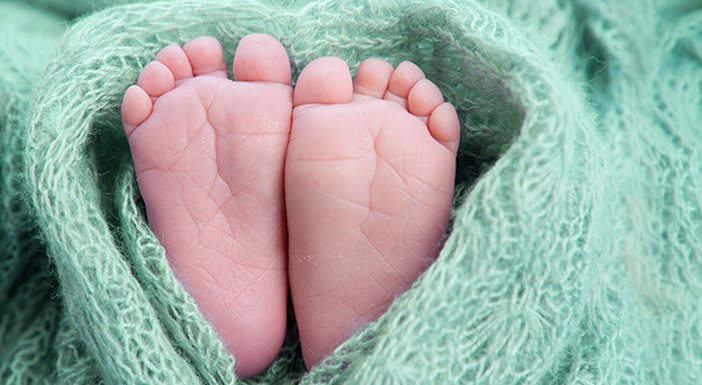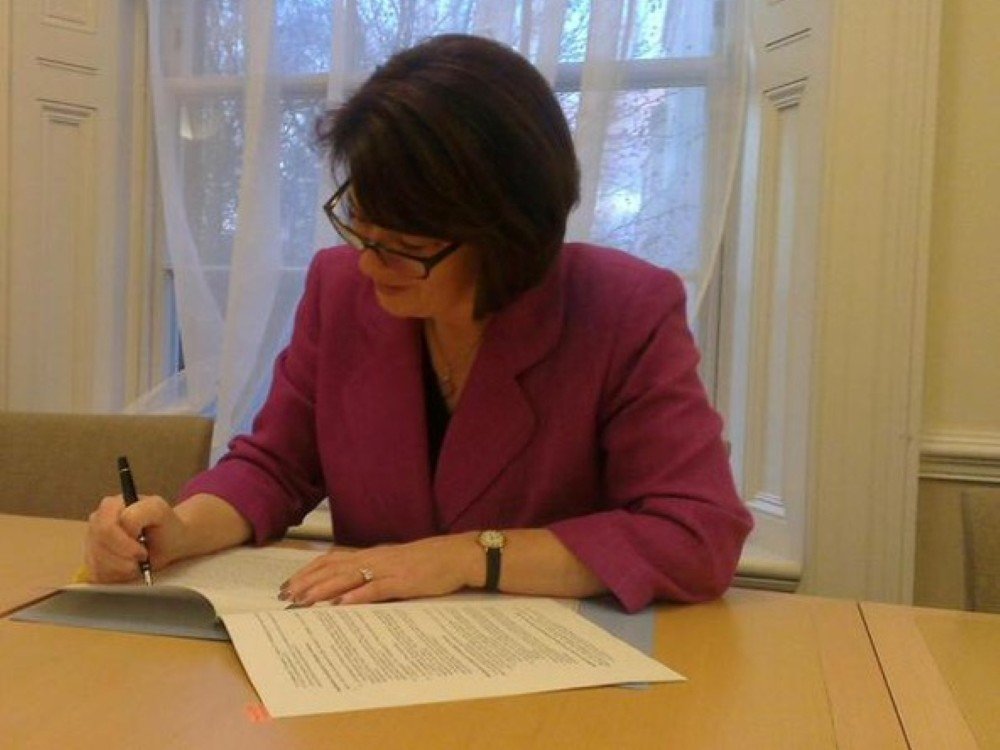In March 2015, the UK became the first country in the world to legalise mitochondrial donation, a groundbreaking IVF technique that can prevent certain types of mitochondrial disease being passed from mother to child.
This milestone wasn’t just a huge scientific breakthrough. It was the result of years of campaigning, collaboration and community effort, with The Lily Foundation and families affected by mitochondrial disease playing a vital role in making it happen.
What is mitochondrial donation?
Mitochondrial donation, also known as mitochondrial replacement therapy, is a technique inspired by a mitochondrial disease patient and pioneered by a team at Newcastle University led by Prof Sir Doug Turnbull and Prof Mary Herbert.
Mitochondrial donation works by transferring the nuclear DNA from an affected woman’s egg into a healthy donor egg with functioning mitochondria. This results in a baby being born that is genetically related to both of its parents but at very low risk of developing mitochondrial disease.
While the science behind this technique was convincing, changing the law to allow its use required more than just evidence; it also needed public understanding and political support.
That’s where The Lily Foundation came in.
How did The Lily Foundation help change the law on mitochondrial donation?
During the time of the campaign, it became clear that the science alone would not be enough to drive change in parliament. What would really make the difference in changing hearts and minds were the human stories and real-life experiences of families living with mitochondrial disease every day.
It was at this point that The Lily Foundation took on a key role in mobilising families to make their voices heard in this debate. We encouraged our community to share their experiences with their local MPs, and after providing letter templates and other guidance to affected families, we were overwhelmed by the response. Many wrote heartfelt letters about the impact of losing a child to this devastating disease, whilst others welcomed MPs into their homes to show the real-life impact of having a child with mitochondrial disease. Their message was simple but powerful: this research could offer real hope in the face of devastation and heartbreak.
By showing MPs the personal impact of mitochondrial disease, and the life-changing potential of mitochondrial donation, our families helped turn a complex scientific discovery into something that would make a real and tangible benefit to everyday lives.
Is mitochondrial disease now legal in the UK?
After years of careful review and public consultation, the Mitochondrial Donation Regulations were passed by Parliament in February 2015, with overwhelming cross-party support. Many MPs in the House paid tribute to the families in their constituencies who had helped them understand the real-life implications of mitochondrial disease, as well as what this groundbreaking science really meant to them.
On 4th March 2015, Jane Ellison, the Public Health Minister at the time, signed the regulations into law. The UK became the first country to legalise mitochondrial donation, offering new hope to families at risk of passing on mitochondrial disease.
“I want to pay tribute to the Lily Foundation, a charity founded by families who have lost their children to serious mitochondrial disease, and who have shown us the human suffering behind this scientific advance”
– Jane Ellison speaking during the House of Commons vote on 3rd February 2015
Mitochondrial donation – a timeline
In the years since the law was passed:
- In 2016, based on a research study published in the journal Nature, the Human Fertility and Embryology Authority (HFEA) approved the first treatment trials for eligible women.
- In 2017, the Newcastle-upon-Tyne NHS Foundation Trust and Newcastle University were the first sites worldwide to be approved by the HFEA as authorised sites to undertake mitochondrial donation. The first treatment application for mitochondrial donation was submitted to the HFEA for approval, and a was set up for families wishing to explore their reproductive options.
- In 2018, the first patient licence for mitochondrial donation was granted. This meant that, for the first time, a woman with mitochondrial disease could legally access this IVF technique.
- In 2023, the media confirmed that at least one baby had been born in the UK using mitochondrial donation, marking a major step forward in the fight against mitochondrial disease.
How has the patient voice continued to shape mitochondrial donation?
We’re incredibly proud to have played a part in helping change the law on mitochondrial donation. But we couldn’t have done it without the strength and determination of the families who supported the campaign. By sharing their stories, writing to MPs and raising awareness, they helped bring about one of the most significant advances in mitochondrial medicine in recent years.
The success of the mitochondrial donation campaign is a powerful reminder of what can be achieved when science and advocacy come together, and why the voice of our community remains at the heart of everything we do.



